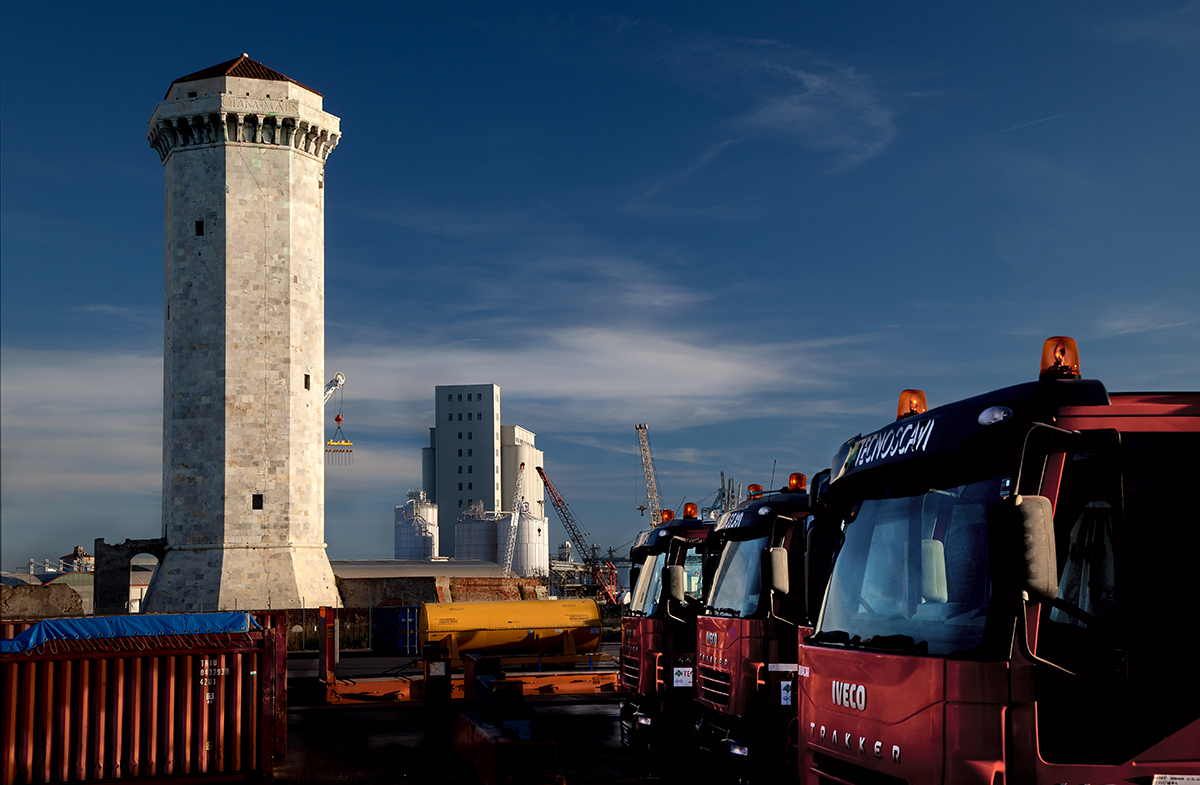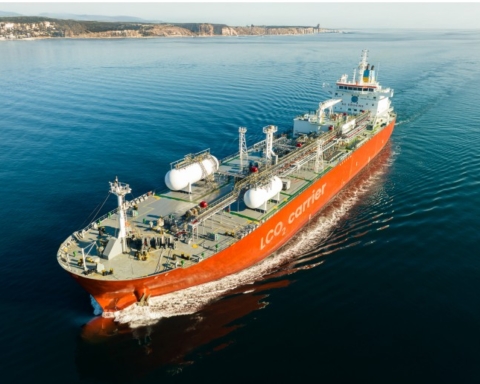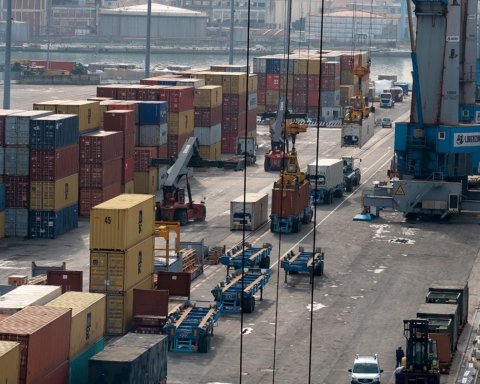77.5 million euros and three years’ work to get the cold ironing facilities in the Network ports up and running.
After approving the Network’s Energy and Environmental Planning Document, the Port Network Authority has formalized the road map of the steps to be taken to immediately implement one of the main objectives of the National Recovery and Resilience Plan: developing technology for supplying electricity to ships berthing alongside quays.
The resources are there, i.e. those envisaged by the PNRR Supplementary Fund. The implementation timetable has been set out in a summary report signed by the senior manager in charge, Sandra Muccetti. It was presented to the Management Committee this morning.
The construction of two facilities is planned for the port of Livorno alone. One will be allocated to mixed cruise and Ro/Ro traffic, and the other to container ships. The contract will be worth a total of 45.5 million euros.
The project involves, in essence, building a substation within the former Enel Marzocco power plant area and two transformer cabins to serve ferries and cruiseships. One will be located in the current silo and the other will be positioned in the cruise terminal area near the Calata Alto Fondale.
For containerships, a cabin is planned to be set up near the terminal section of the Florence-Pisa-Livorno fast road.
In Piombino port, a cold-ironing facility has been envisaged for mixed Ro/Ro-Pax and cruise traffic. 16 million euros have been set aside for this.
The project envisages the construction of the transformation cabin near the Banchina Dente Nord Capitaneria pier; the remaining part of the installations, being cable ducts and cables, will be underground and hence not visible.
Finally, Portoferraio. For the Elban port of call, a transformation cabin will be built behind the port at a close distance from the quays.
“We strongly believe in developing cold ironing,” said President Luciano Guerrieri. “The benefits of shore-side electrification of ships are tangible. The goal is to reduce atmospheric pollutant emissions and noise resulting from ships’ using auxiliary engines to produce electricity while moored at the quay.”
Translation by Giles Foster




